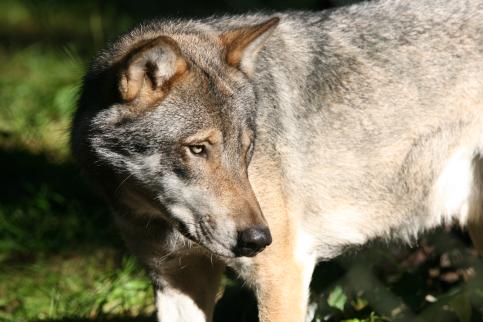Background
Olfaction is an essential part of both intra- and interspecific communication in most mammalian species. For wolves, the sense of smell is also important when hunting. They are able to locate prey by scenting the animal directly or by tracking depositional odor trails. A wounded animal may, for example, be easy to track by the smell of its blood.
Despite the fact that the odor of blood affects the behavior of a variety of mammalian species, little is known about the volatiles that comprise the odor of mammalian blood. The blood components responsible for eliciting behavioral responses are also largely unexplored.
However, a recent study analyzed the composition of volatiles in pig blood, and identified the substance trans-4,5-epoxy-(E)-2-decenal to evoke a typical “metallic, blood-like” odor quality in humans. This odor component was also found to be at least as interesting as the odor of whole horse blood to four carnivore species ( Siberian tigers, African wild dogs, Asian wild dogs, and South American bush dogs).
Therefore, the aim of my study was:
1. to assess behavioral responses of Eurasian wolves (Canis lupus) to the odor of mammalian blood and to the mammalian blood odor component trans-4,5-epoxy-(E)-2-decenal,
2. to compare their behavioral responses to those against a fruity control odorant and an odorless control,
3. to compare the behavioral responses between wolves and four other carnivore species tested with the same odorants in a previous study, and
4. to assess the suitability of the odor stimuli as environmental enrichment for wolves.

Responsible for this page:
Director of undergraduate studies Biology
Last updated:
05/03/16
